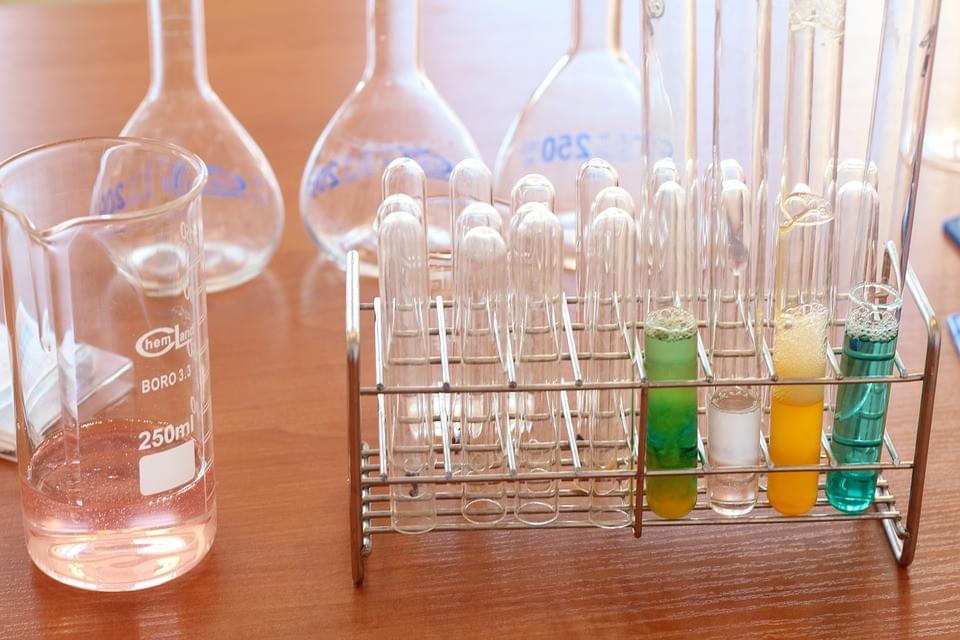
ALD refers to a thin-film deposition technique that is based on the progressive use of the gas phase chemical process. It is a subclass of the chemical vapor deposition. Most of the ALD reactions engage two chemicals which are called the precursors. The precursors react with the surface of a particular material each at a time in a sequential manner and self-limiting kind. In the process of the repeated exposure to each precursor, a thin film is deposited. ALD is known to be a major process during fabrication of the semiconductor devices as some set of the tools that are available for the synthesis of the nanomaterials. You can find more about ALD precursors here!
This process has a number of applications, and they include the following. One of them is the microelectronic applications. It is essential in the fabrication of the microelectronics because of its unique ability to produce an accurate thickness and a uniform surface as well as the high-quality film production with different kinds of materials. These properties set it apart for these uses, and it becomes the center of these processes and devices. These are processes that require high control of the ultra-thin film which the ALD can provide. It is desirable in those processes where the feature size is expected to be smaller than 100nm. Some of the products that make use of this ALD include the magnetic recording heads, DRAM capacitors because of the conformity requirements, nonvolatile ferroelectric memories among others. You can view more on a atomic layer deposition .
The second application is in metal films such as the transition-metal nitrides for the copper interconnect barriers. The magnetic recording heads is also an area that gets interested and uses this technique massively. They utilize the electric fields in polarizing particles and leaving the magnetic pattern in a hard disk. ALD comes in to create a uniform and a thin layer of insulation in that process. It makes it possible in controlling the insulation thickness to a great level of accuracy than any other method could attain. As a result, more accurate patterns are formed for the magnetic particles, and hence, there is a higher quality recording done in the process.
Finally, ALD technology is also used in biomedical applications in biomedical devices such as those implanted in the body. One of these examples is the creation of flexible sensors, biocompatible coatings, and modification of the nonporous membranes in the body, among others. ALD is useful in creating flexible sensing devices used in the athletes clothing so that there is the detection of the movement of a heart rate in the individual. You can click here for more: https://en.wikipedia.org/wiki/Metal-organic_compound.